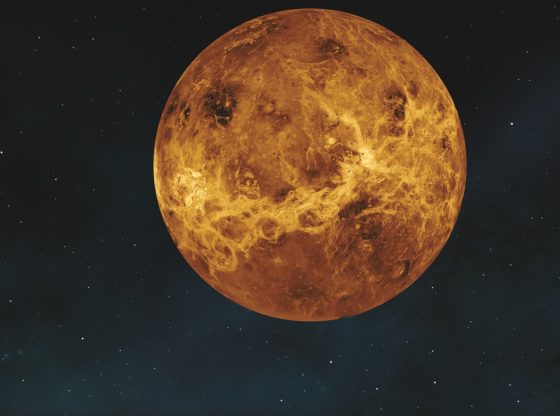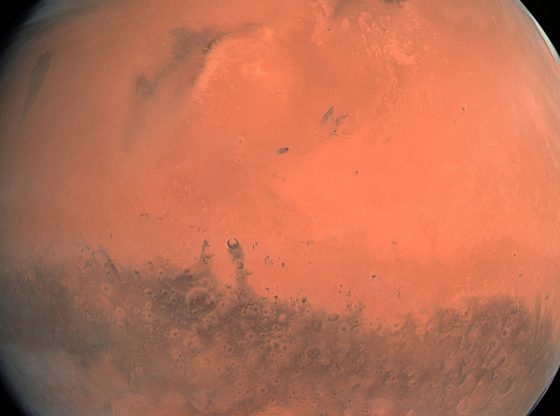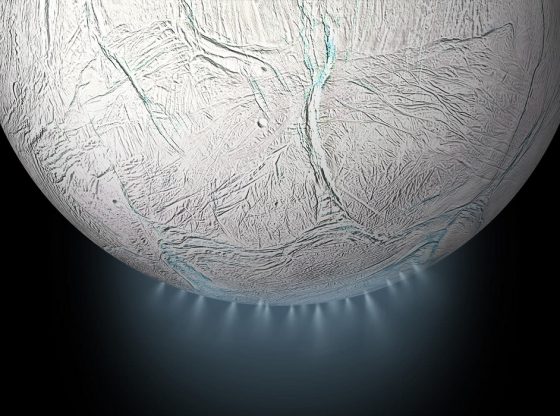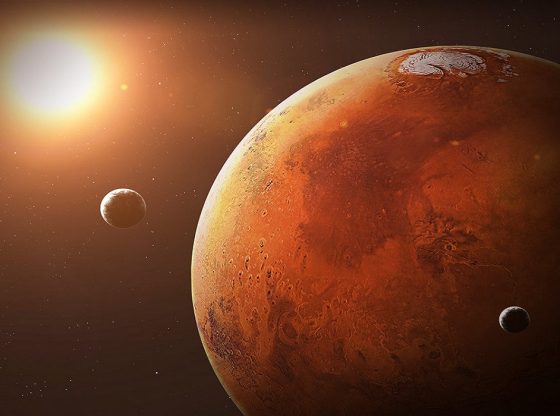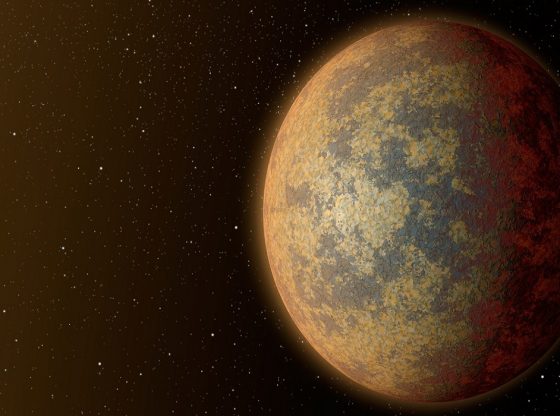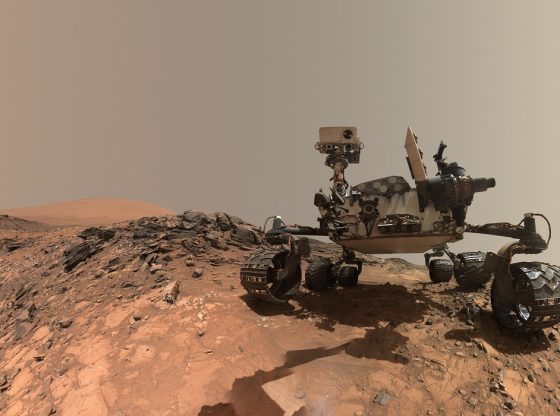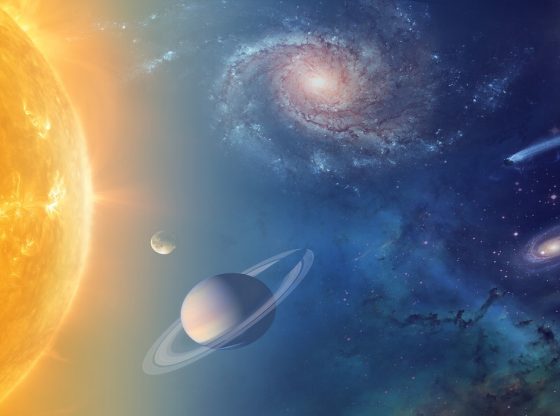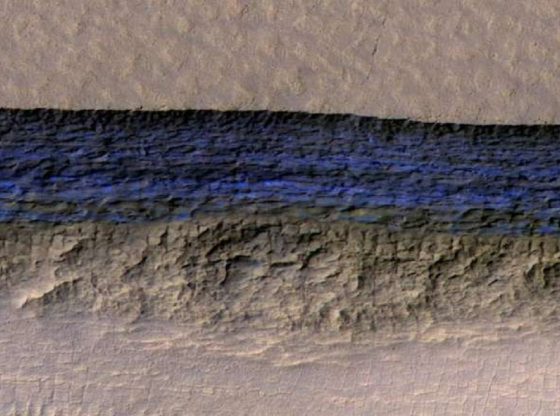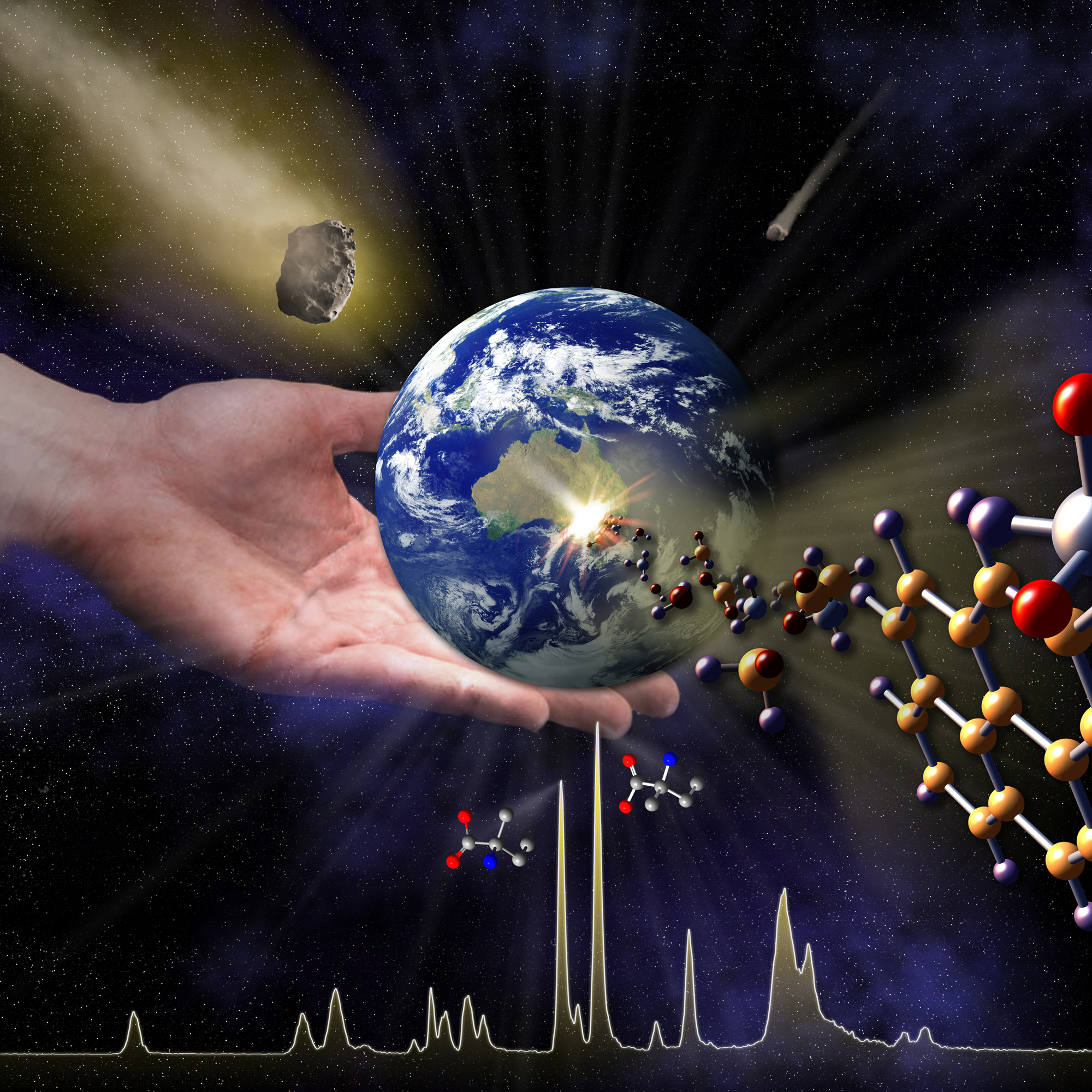
Astronomers have discovered organic substances in interstellar space. This could increase the likelihood of finding extraterrestrial life in the universe.
Organic substances, i.e. carbon molecules, are the foundation for life as we know it. It is the common denominator for all life on Earth. The DNA and RNA molecules are constructed out of carbon molecules.
It has long been assumed that since carbon bound to hydrogen in a variety of molecules, it should be found throughout the universe, but it is only now that astronomers have managed to detect carbon molecules in interstellar space.
The carbon compound, which is a polycyclic aromatic hydrocarbon (PAH), emits radiation that the researchers managed to detect with radio spectroscopy.
As molecules tumble in the near vacuum of interstellar space, they give off a distinctive signature, a series of telltale spikes that appear in the radio spectrum.
The science team, led by chemist Brett McGuire at the National Radio Astronomy Observatory (NRAO) in Charlottesville, Virginia, detected this molecule’s telltale radio signature coming from a nearby star-forming nebula known as the Taurus Molecular Cloud 1 (TCM-1), which is about 430 light-years from Earth.
“These new radio observations have given us more insights than infrared observations can provide,”
“Though we haven’t yet observed polycyclic aromatic hydrocarbons directly, we understand their chemistry quite well. We can now follow the chemical breadcrumbs from simple molecules like benzonitrile to these larger PAHs.”
– Brett McGuire
Then, with new data from the National Science Foundation’s Green Bank Telescope (GBT), convincing radio fingerprints were detected of a close cousin and chemical precursor to PAHs, namely the molecule benzonitrile (C6H5CN). This may finally provide the “smoking gun” that PAHs are indeed spread throughout interstellar space and account for the mysterious infrared light astronomers had been observing.
Larger and more complex molecules, such as PAHs and other aromatic molecules, have a correspondingly more-complex signature, making them harder to detect. This discovery could be the very beginning of scientists finding more of these molecules and learning more about how and when they are formed, out there between the stars.
“The evidence that the GBT allowed us to amass for this detection is incredible,”
“As we look for yet larger and more interesting molecules, we will need the sensitivity of the GBT, which has unique capabilities as a cosmic molecule detector.”
– Brett McGuire
Finding carbon molecules in interstellar space is a positive sign for those looking for life beyond earth.
The research paper has been published in Science.
Reference:
B. A. McGuire et. al. “Detection of the aromatic molecule benzonitrile (c-C6H5CN) in the interstellar medium“, Science 2018, DOI: 10.1126 / science.aao4890

